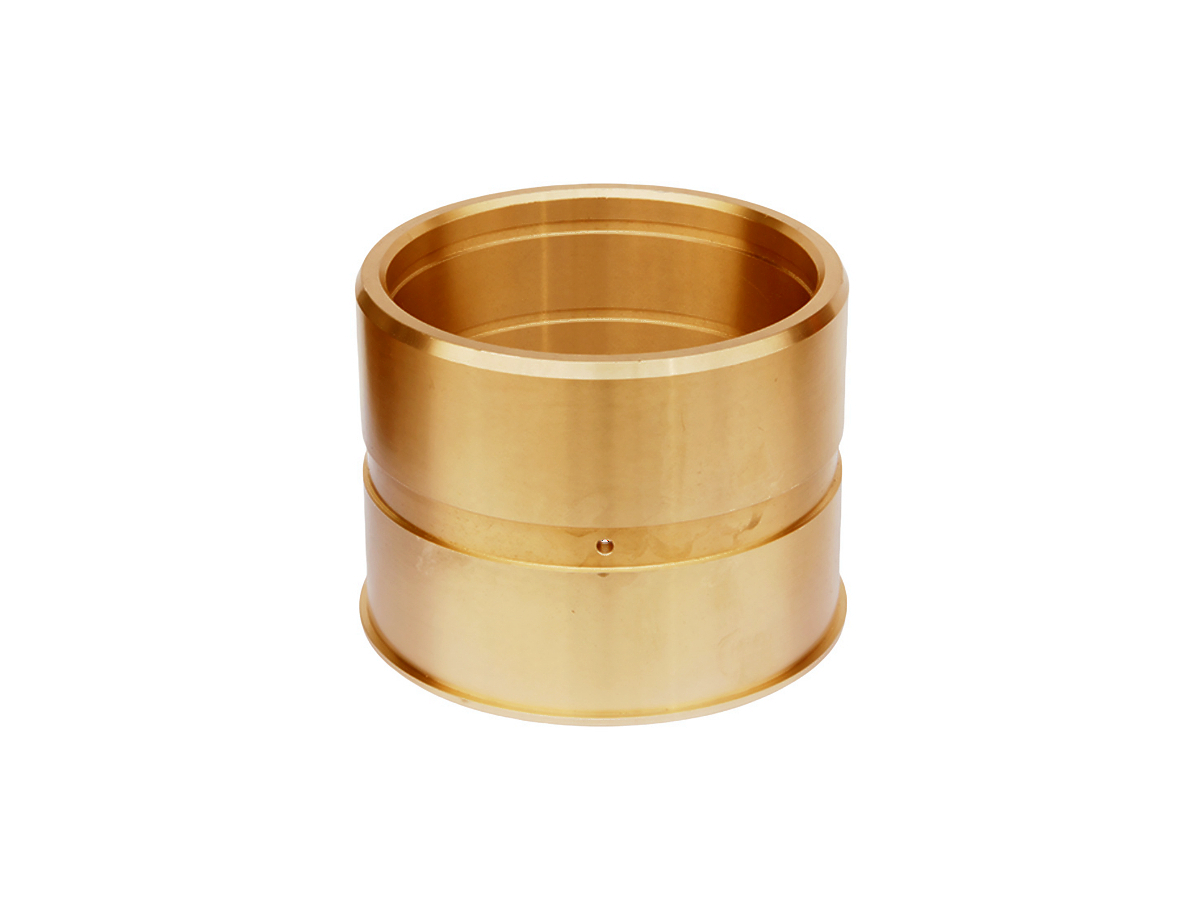Brass C385 CNC Machined Parts for Automotive and Electrical Industry Applications
Introduction
The automotive and electrical industries require materials with excellent machinability, good electrical conductivity, corrosion resistance, and consistent mechanical properties. Brass C385 is widely preferred due to its exceptional machinability rating (100%), moderate strength, and reliable corrosion resistance, making it ideal for manufacturing automotive fittings, terminals, connectors, and various electrical components.
Employing advanced CNC machining methods, manufacturers achieve precise dimensions, tight tolerances, and excellent surface finishes on Brass C385 components. CNC machining ensures consistent quality, high productivity, and durability, enhancing component performance and reliability across automotive and electrical applications.
Brass C385 for Automotive and Electrical Applications
Material Performance Comparison
Material | Tensile Strength (MPa) | Yield Strength (MPa) | Electrical Conductivity (%IACS) | Typical Applications | Advantage |
|---|---|---|---|---|---|
310-400 | 130-200 | 26 | Automotive connectors, electrical terminals | Excellent machinability, corrosion-resistant | |
340-470 | 170-310 | 26 | Precision fittings, connectors | Superior machinability, good strength | |
220-310 | 70-220 | 101 | Busbars, electrical contacts | Outstanding electrical conductivity | |
450-520 | 270-350 | 15 | Springs, connectors | High strength, fatigue resistance |
Material Selection Strategy
Choosing appropriate brass and copper alloys for automotive and electrical components requires evaluating machinability, conductivity, mechanical strength, and specific application demands:
Automotive connectors, fittings, and electrical terminals needing excellent machinability (100%) with moderate strength (310-400 MPa) and reliable corrosion resistance benefit significantly from Brass C385, optimizing manufacturing efficiency and reliability.
Precision automotive fittings, connectors, and slightly higher strength requirements (up to 470 MPa) prefer Brass C360, providing similar machinability with improved mechanical properties.
Electrical components such as busbars, terminals, and contacts requiring exceptional electrical conductivity (101% IACS) choose Copper C110 (TU0), enhancing electrical performance and system efficiency.
High-strength automotive springs, connectors, and high-fatigue electrical components needing excellent mechanical strength (up to 520 MPa) utilize Copper C510 Phosphor Bronze, ensuring superior durability and reliability.
CNC Machining Processes
Process Performance Comparison
CNC Machining Technology | Dimensional Accuracy (mm) | Surface Roughness (Ra μm) | Typical Applications | Key Advantages |
|---|---|---|---|---|
±0.02 | 1.6-3.2 | Basic connectors, fittings | Cost-effective, consistent results | |
±0.015 | 0.8-1.6 | Rotational parts, terminal fittings | Enhanced accuracy, fewer setups | |
±0.005 | 0.4-0.8 | Complex automotive components, electrical housings | High precision, excellent surface finishes | |
±0.003-0.01 | 0.2-0.6 | High-precision connectors, micro components | Maximum accuracy, intricate geometries |
Process Selection Strategy
Selecting CNC machining processes for Brass C385 components involves complexity, dimensional accuracy requirements, and performance characteristics:
Simple automotive and electrical fittings, basic connectors, and standard terminals needing moderate accuracy (±0.02 mm) economically employ 3 Axis CNC Milling, ensuring efficient production with consistent quality.
Rotational parts, automotive terminal fittings, and moderately intricate components demanding higher precision (±0.015 mm) benefit from 4 Axis CNC Milling, optimizing machining accuracy and reducing setups.
Complex automotive components, intricate electrical housings, and detailed connector parts requiring high precision (±0.005 mm) and superior surface finish (Ra ≤0.8 μm) significantly benefit from 5 Axis CNC Milling, enhancing overall component reliability and appearance.
High-precision electrical connectors, detailed automotive micro-components, and specialized parts needing extreme accuracy (±0.003 mm) utilize Precision Multi-Axis CNC Machining, ensuring maximum precision and reliability.
Surface Treatment
Surface Treatment Performance
Treatment Method | Corrosion Resistance | Electrical Performance | Max Operating Temp (°C) | Typical Applications | Key Features |
|---|---|---|---|---|---|
Electroplating (Tin, Nickel) | Exceptional (≥1000 hrs ASTM B117) | Excellent conductivity | Up to 250 | Electrical terminals, connectors | Enhanced corrosion resistance, improved conductivity |
Excellent (~900 hrs ASTM B117) | Maintains conductivity | Up to 300 | Precision electrical components, fittings | Smooth finish, friction reduction | |
Excellent (≥1000 hrs ASTM B117) | Maintains conductivity | Up to 200 | Internal automotive parts, electrical connectors | Surface purity, corrosion protection | |
Very Good (≥800 hrs ASTM B117) | Slightly reduced | Up to 120 | External automotive and electrical housings | Attractive appearance, good corrosion resistance |
Surface Treatment Selection
Choosing surface treatments for Brass C385 automotive and electrical components depends on corrosion resistance, electrical performance, and appearance:
Automotive connectors, electrical terminals, and fittings demanding enhanced conductivity and corrosion resistance significantly benefit from Tin or Nickel Electroplating, optimizing component reliability and performance.
Precision electrical fittings, connectors, and automotive valve parts needing smooth finishes and friction reduction prefer Electropolishing, enhancing both functionality and corrosion resistance.
Internal automotive components, sensitive electrical connectors, and fittings exposed to harsh environments benefit from Passivation, maintaining purity and providing strong corrosion resistance.
External housings, visible automotive and electrical parts requiring aesthetic appeal and moderate corrosion protection utilize Clear Protective Coating, effectively balancing appearance and component durability.
Quality Control
Quality Control Procedures
Precise dimensional inspection using Coordinate Measuring Machines (CMM) and optical comparators.
Surface roughness testing with advanced profilometers.
Electrical conductivity verification per ASTM standards.
Mechanical property testing (tensile, hardness) according to ASTM standards.
Corrosion resistance testing through ASTM B117 (Salt Spray Test).
Non-destructive testing (NDT) including ultrasonic and radiographic inspections.
Detailed documentation complying with ISO 9001 and automotive (IATF 16949) and electrical industry standards.
Industry Applications
Brass C385 Automotive and Electrical Component Applications
Automotive connectors, fittings, and sensor housings.
Electrical terminals, connectors, and switches.
Precision automotive valve fittings and housings.
Electrical equipment components and cable glands.
Related FAQs:
Why is Brass C385 ideal for automotive and electrical applications?
How does CNC machining enhance the accuracy of Brass C385 parts?
What automotive and electrical components benefit from Brass C385?
Which surface treatments improve Brass C385 component durability?
What quality standards apply to CNC machining of Brass C385?

